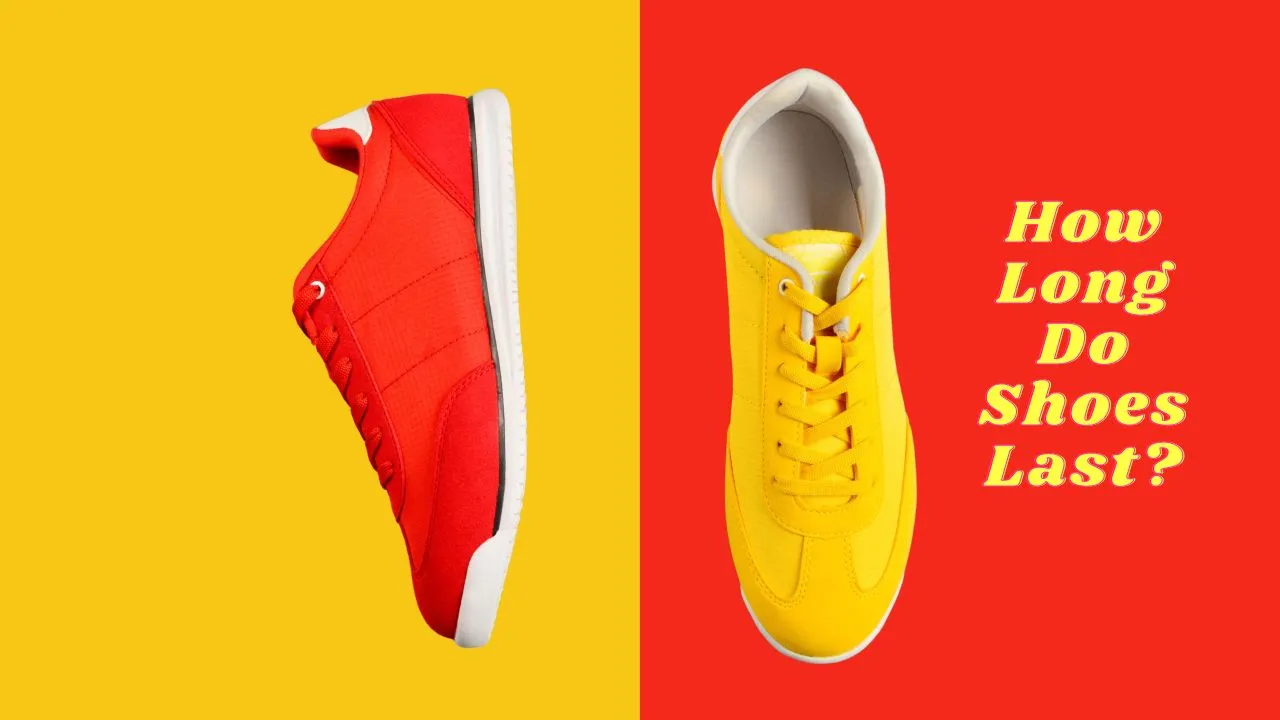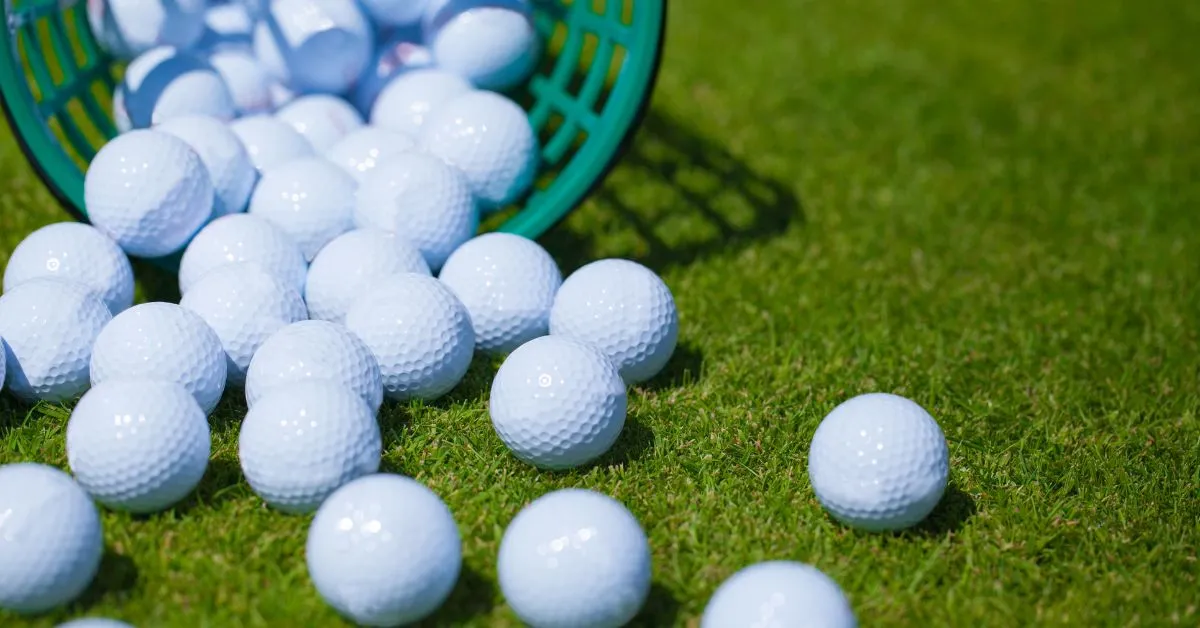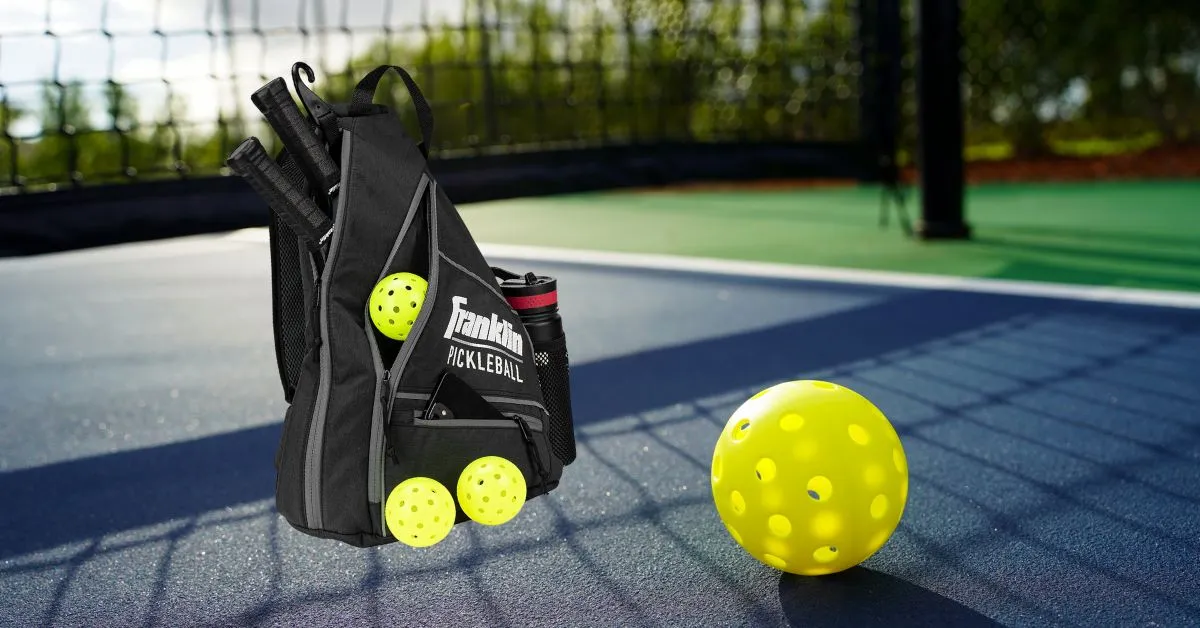Table of Contents
Ever wondered how long shoes last before they need replacing? Fear not, for we have created the ultimate guide to help you understand the lifespan of different types of shoes and how to extend their life. You'll be surprised to learn that the lifespan of your shoes isn't just about wear and tear, but also factors like quality, usage, and proper fit. Let's dive in!
Here's What You Need To Know
- The lifespan of shoes can vary significantly depending on their purpose and materials used and even among brands.
- It is recommended to replace running, walking and everyday shoes every 3-6 months, 500 miles or 8-12 months respectively for optimal comfort and support.
- Proper storage, regular cleaning & rotation are essential tips for extending the life of your footwear.
Determining the Lifespan of Different Shoe Types
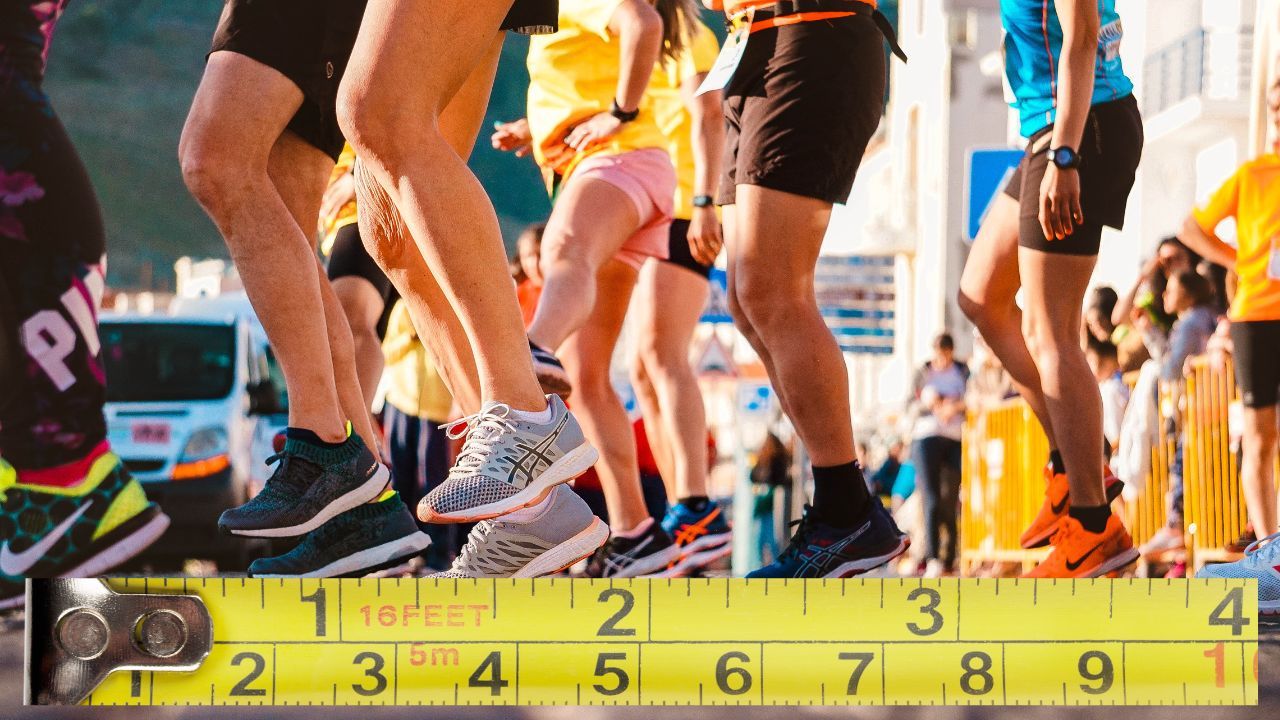
When it comes to the lifespan of your shoes, not all types are created equal. The wear and tear experienced by your shoes can vary greatly depending on their purpose and the materials used in their construction.
Whether you're an athlete or a casual walker, understanding the expected longevity of different footwear is essential to maintaining healthy feet and avoiding unnecessary costs.
Running Shoes
Running shoes or athletic shoes, as the most active footwear, tend to have a shorter lifespan than other types of shoes. On average, it's recommended to replace your running shoes every 300-500 miles or every 3-6 months, depending on usage. This might seem frequent, but considering the amount of wear and tear running shoes endure, it's crucial for maintaining proper support and cushioning to protect your feet.
Serious everyday runners should pay close attention to signs that it's time to replace their shoes, such as worn sole tread patterns, uneven wear, or foot discomfort. By staying proactive and investing in a new pair of shoes when needed, you can ensure that your training remains efficient and injury-free.
Walking Shoes
Walking shoes, while not subjected to the same level of wear and tear as running shoes, still need regular replacement to provide adequate support and cushioning. It's recommended that walking shoes be replaced every 500 miles or 6 months for those who walk for 30 minutes per day, and every 3 months for heavier or running activities.
When selecting new walking shoes, your primary focus should be on comfort and support. It's essential to find a pair that provides enough cushioning to absorb shock and protect your feet during your daily walks. Keep an eye out for signs of wear, such as a worn sole tread pattern or uneven wear, as these can indicate that it's time to replace your shoes.
Everyday Shoes
Everyday shoes, such as dress shoes, casual shoes, and tennis shoes, can last anywhere from 2 to 7 years, depending on the quality and maintenance. With proper care, well-crafted shoes may only require insole or heel replacement to maintain their longevity.
It's generally recommended to replace everyday shoes every 8 to 12 months. However, pay close attention to visible signs of wear and tear on both the interior and exterior of the shoes, as these can be early indicators that it's time for a replacement. By staying vigilant and replacing shoes when needed, you can keep your feet comfortable and protected in your daily adventures.
Factors Affecting Shoe Longevity
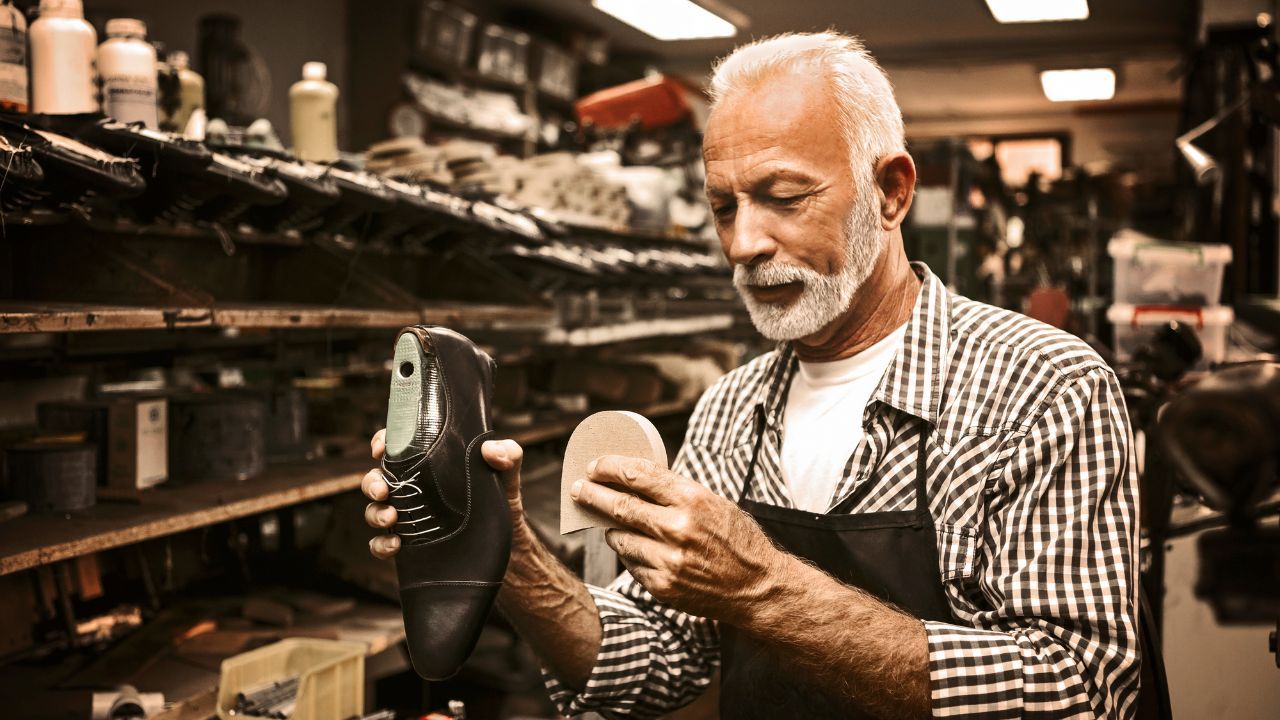
While the type of shoe plays a significant role in determining its lifespan, there are other factors that can influence how long your shoes will last. Quality and craftsmanship, usage and frequency, and proper fit and support are all essential aspects to consider when assessing the longevity of your footwear.
Quality and Craftsmanship
The quality and craftsmanship of your shoes play a crucial role in determining their lifespan. Shoes constructed with superior-quality materials and craftsmanship are likely to be more resilient and have a longer lifespan than those made with inferior materials and craftsmanship.
Quality and craftsmanship are critical considerations when determining when to replace everyday shoes. By investing in well-made shoes, you can not only extend their lifespan, but also ensure that your feet remain comfortable and protected throughout their use.
Usage and Frequency
The way you use your shoes and how often you wear them can greatly impact their lifespan. Frequent usage of shoes, especially sneakers and work shoes, can lead to accelerated wear and tear compared to shoes that are used intermittently.
By being mindful of your shoe usage and frequency, you can prolong the life of your shoes and save money in the long run. Rotating your shoes and investing in more than one pair for different activities can help distribute wear and tear more evenly, leading to a longer lifespan for each pair.
Proper Fit and Support
Proper fit and support are essential for the longevity of your shoes and the overall health of your feet. While the direct impact of proper fit and support on shoe lifespan remains unclear, it's vital to find shoes that provide arch and heel support, contours that conform to the shape of your feet, and active shoes with shock-absorbing cushioning.
By prioritizing proper fit and support in your shoes, you can not only extend their life, but also reduce the risk of foot pain and other conditions that can further reduce the lifespan of your shoes.
Signs It's Time to Replace Your Shoes
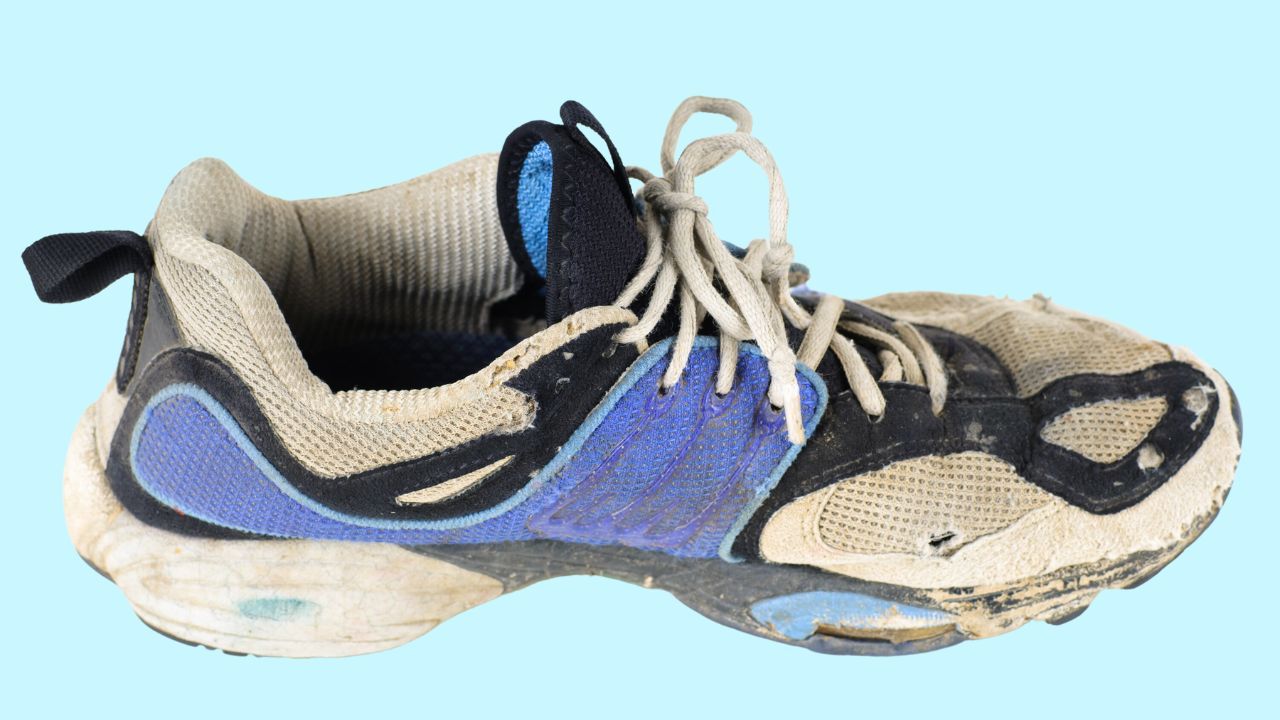
Knowing when to replace your shoes is crucial for maintaining proper foot health and avoiding unnecessary costs. There are several signs that indicate it's time for a new pair, including sole tread pattern, uneven wear, and foot discomfort.
Sole Tread Pattern
The tread pattern on the sole of a shoe is essential as it provides grip and traction, which can influence the wear and tear of the shoe. If the outsole and midsole exhibit signs of holes, flatness, or cracks, it may be time to consider replacing the shoes.
By periodically inspecting the tread pattern on your shoes, you can ensure that you're maintaining proper traction and support for your feet. Replacing shoes with worn tread patterns can help prevent slips and falls, as well as promote healthy foot alignment. For example, one shoe's heel may have more wear than the other.
Uneven Wear
Uneven wear on shoes can suggest an overpronating or supinating gait, which can cause pain and discomfort. It can also suggest that the shoes are too small or that the heel tendons are too tight. To determine if uneven wear is present, examine the sole of the shoe. If the sole appears to be worn down more on one side than the other, this indicates uneven wear.
In the event of uneven wear on shoes, it's essential to identify and address the underlying cause. This may involve altering your gait, obtaining a larger size shoe, or stretching the heel tendons.
Foot Discomfort
Foot discomfort can be indicative of shoes that are worn out and need to be replaced, thereby impacting their longevity. Wearing uncomfortable shoes can result in foot pain and conditions that can further reduce the lifespan of shoes.
If you are experiencing foot pain, it's possible that you may need to replace your shoes, even if they appear to be in good condition. By listening to your body and addressing foot discomfort promptly, you can ensure that you're wearing shoes that provide the necessary support and cushioning for your feet.
Tips for Extending the Life of Your Shoes
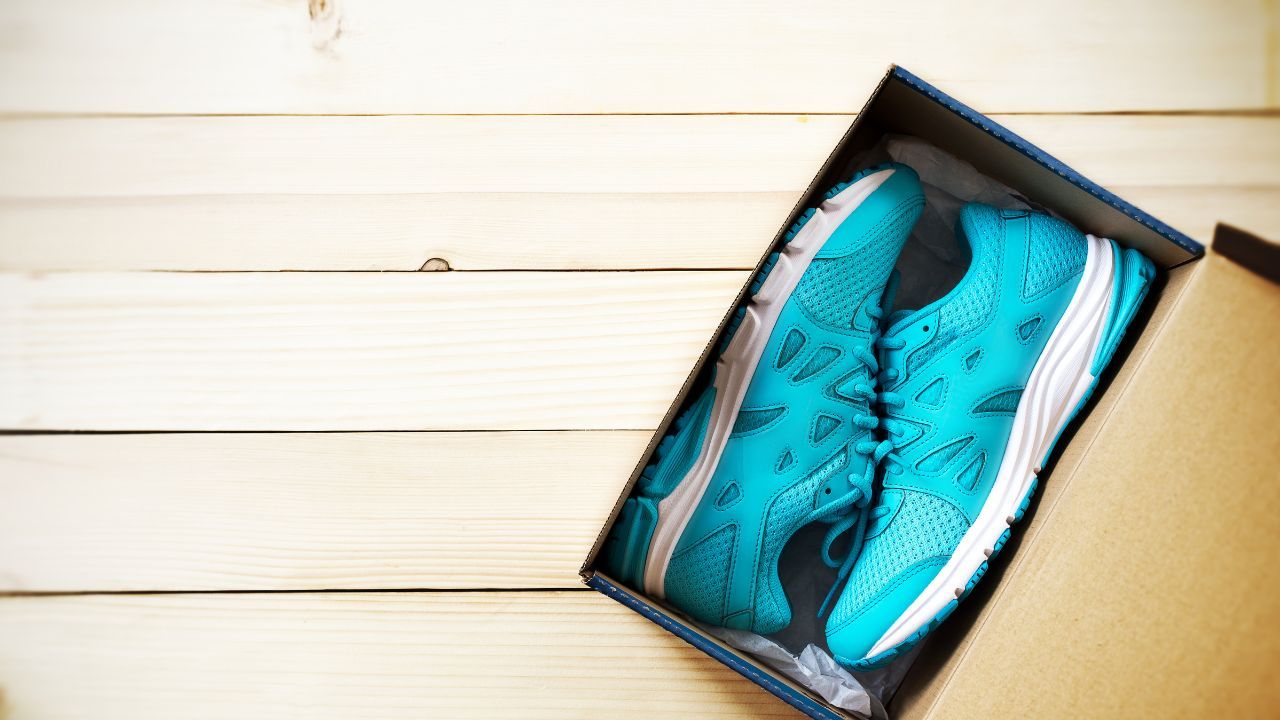
Now that we've covered the factors that influence shoe lifespan and the signs that it's time to replace your shoes, let's explore some practical tips for extending the life of your favorite pair.
By adopting proper storage techniques, regular cleaning, and rotating shoes, you can help prolong the life of your footwear and keep your feet happy and healthy.
Proper Storage
Appropriate storage is critical for avoiding moisture damage and lengthening the lifespan of shoes. Breathable fabric bags are suggested for shoe storage, and using a shoe tree or stuffing them with dry paper can help maintain their shape and prevent creases.
Keep your shoes in a dry environment to avert the growth of microbes that can damage the shoes and skin. Silica bags or newspapers can also be employed to prevent moisture from entering shoes. Additionally, always untie the laces when removing your shoes, as toeing them off can stretch the shoes and weaken the heel.
Regular Cleaning
Consistent cleaning is essential for the life expectancy of shoes, as it can deter bacteria and fungal infections, shield the shoes from harm caused by dirt and debris, and maintain their appearance. Regular cleaning of shoes can help reduce the attack of microbes. This helps minimize wear and tear due to corrosive elements, which ultimately leads to a longer life for your shoe.
When washing your shoes, it's advised not to put them in the dryer, as the dryer can cause damage to the sole and other materials of the shoes. Instead, air dry your shoes on a flat surface to prevent any damage and maintain their structural integrity.
Rotating Shoes
Rotating your shoes can help you use them for a longer period of time. It is an effective way to reduce the wear and tear on the same pair. By alternating between two or more pairs of shoes on a regular basis, you can distribute wear and tear more evenly, leading to a longer lifespan for each pair.
Investing in multiple pairs of shoes for different activities not only allows for regular rotation, but also ensures that you have the appropriate footwear for various occasions. By taking care of your shoes and rotating them regularly, you can keep your feet comfortable, avoid excessive wear, and extend the life of your shoes.
Summary
So how long do shoes last? That just depends on a lot of factors. Understanding the lifespan of different shoe types, factors affecting their longevity, and signs that it's time to replace your shoes can help you maintain proper foot health and avoid unnecessary costs. By implementing the tips for extending the life of your shoes, such as proper storage, regular cleaning, and rotating shoes, you can ensure that your feet remain comfortable and protected throughout their use. So take the time to evaluate your shoes, and remember that a little care goes a long way in keeping your feet happy and healthy!
Frequently Asked Questions
How often should you replace shoes?
For optimal comfort and safety, fitness walking shoes should be replaced every three to six months or after 500 miles of use. Keep track of how much you walk each week to determine when you should replace your shoes. Doing so will ensure that you are always walking with shoes that provide proper cushion and support.
Replacing your shoes regularly will help you stay comfortable and safe while walking. It will also help you avoid injuries and ensure that you are always walking with shoes that provide the proper cushion and support.
How long do good quality shoes last?
Investing in quality shoes and maintaining them through regular care can extend their lifespan considerably; with the right care, good-quality shoes can last between five and fifteen years.
To get the most out of your investment, consider re-soling and re-heeling as needed.
How long should expensive shoes last?
Generally, a good pair of shoes should last anywhere between three to five years if you take good care of them.
When buying expensive shoes, it is important to consider the lifespan they will provide. Generally speaking, high quality, well-cared-for shoes should last for 3-5 years - making them a sound investment for your wardrobe.
Can a shoe last for 20 years?
It is possible for a shoe to last up to 20 years with the right care and maintenance. If you invest in quality shoes and take good care of them, they may last longer than expected or if you hardly ever use them you can extend their time although over that long period of time the materials may start to break down and may not be good for your feet.
How many miles running shoes?
For optimal performance and safety, it is recommended that you replace your running shoes after running 300–500 miles. This should last the average runner between four to six months, depending on how often they are running.
It is important to keep track of the mileage on your shoes to ensure that you are replacing them at the right time. This will help prevent injuries and ensure that you are getting the most out of your time.
With detailed and rigorous research, we provide our readers with the finest recommendations. Our recommendations are our opinions. Our cause is backed by reader support- for every click made through one of our affiliates links, a commission may be earned at no extra expense to you! As an Amazon Associate, Reviewsopedia may earn a commission from qualifying purchases. Thank you and enjoy!
Other Related Articles

